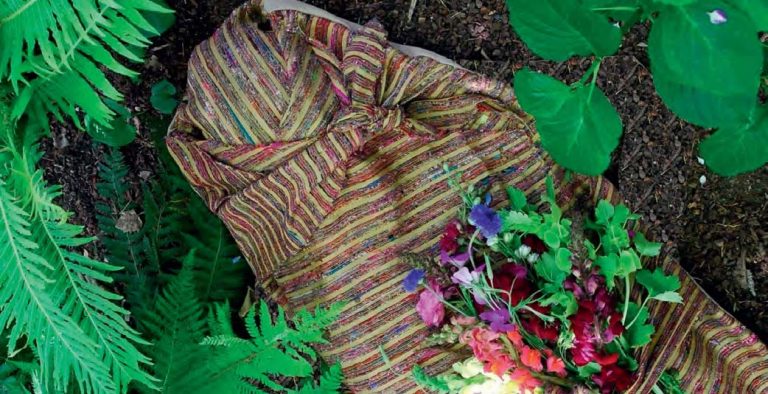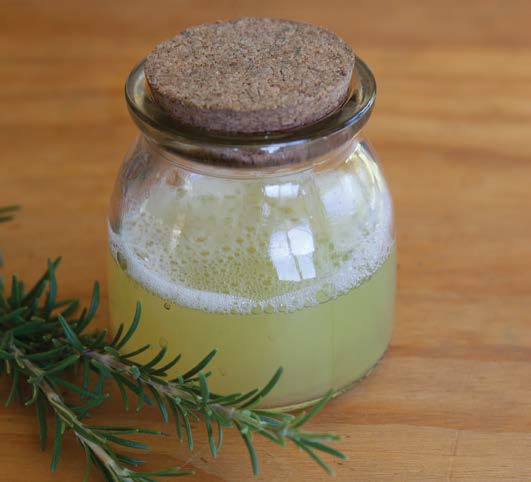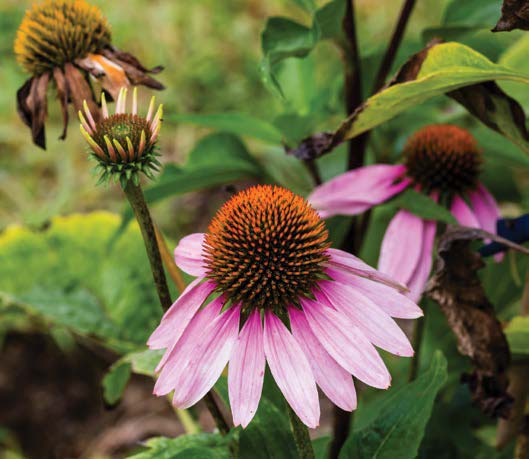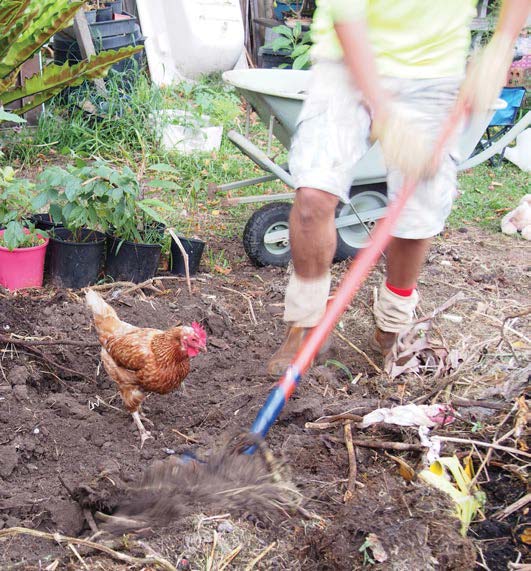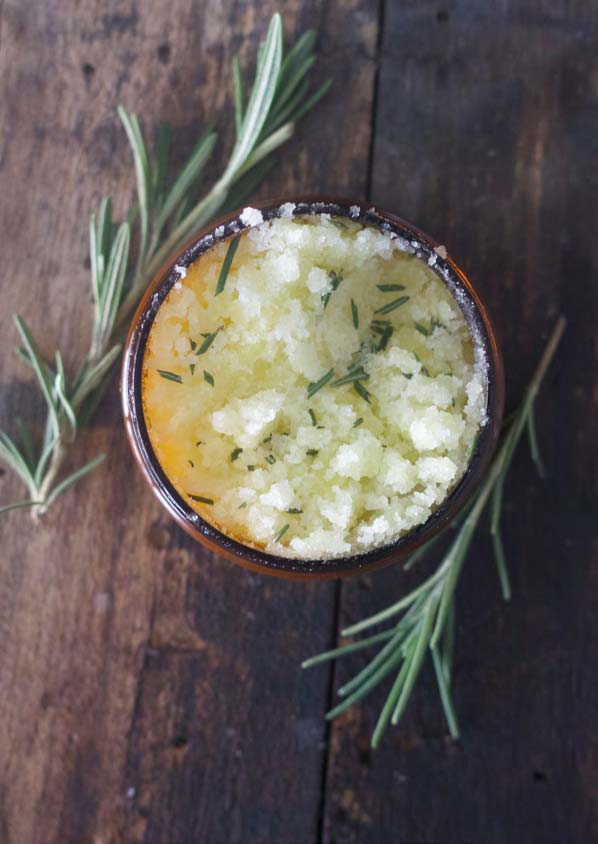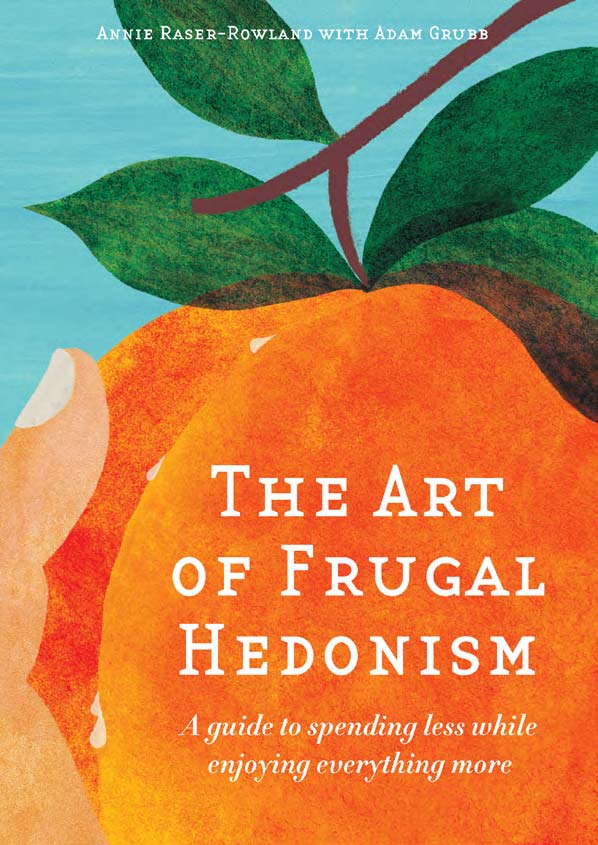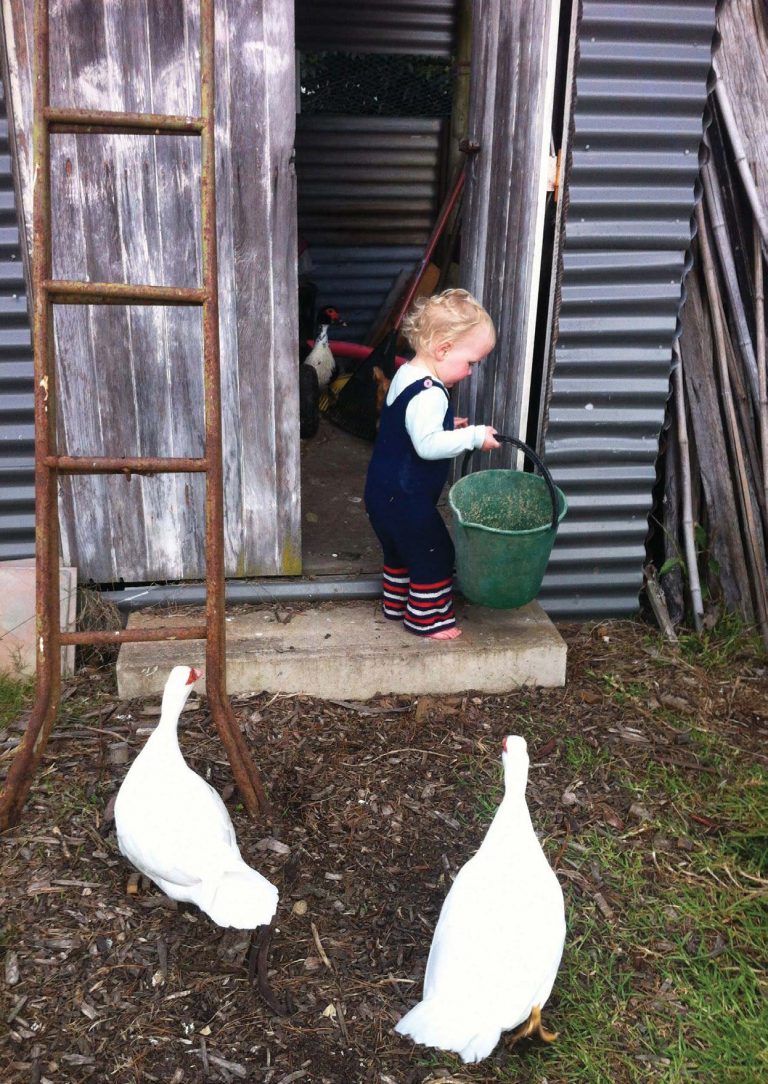Let Nature Nurture Your Microbiome

We use and value diversity in our gardens, farms, national parks and nature reserves. Yet do we use and value the diversity in our bodies, in that vast collection of unseen communities we call our microbiome?
When there are trillions of microbes involved that can directly affect your mood, immune system, weight and health, then diversity is definitely what you want to consider ‘culturing’, growing, farming and valuing in your own body.
If you are what you eat, then you are definitely what your microbes eat. Everything you grow and eat from your own and others’ gardens and farms, plus the way you eat food (eating a variety of colourful vegetables, eating your own homemade ferments, etc.) and your lifestyle choices (such as avoiding unnecessary use of antibiotics and reducing stress) will affect the diversity of your microbiome. And it is affected not just by what you put in your mouth, your environment and your stress levels, but also by the diversity that exists in nature. We are inherently connected to nature. Diversity matters to nature, and therefore to our own health and happiness as well.

